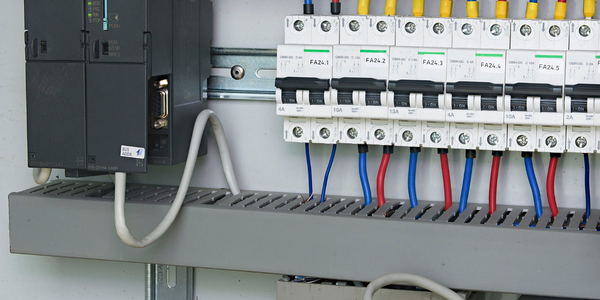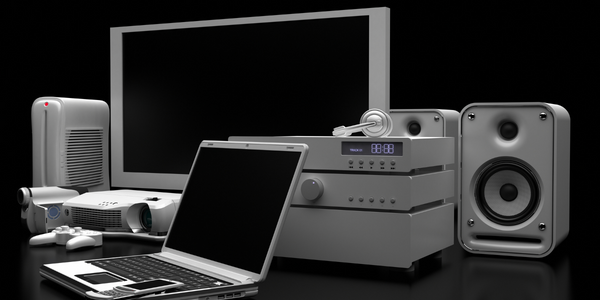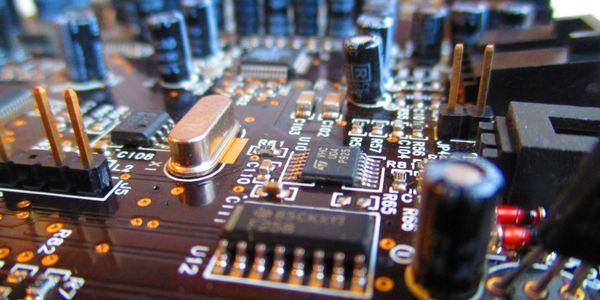技术
- 网络安全和隐私 - 安全合规
- 平台即服务 (PaaS) - 应用开发平台
适用行业
- 电子产品
- 国家安全与国防
适用功能
- 维护
- 质量保证
用例
- 租赁金融自动化
- 篡改检测
服务
- 系统集成
关于客户
Yonder 是一家技术合作伙伴,帮助组织创建现代数字业务。他们开发有意义的解决方案并提供创新、现代化、DevOps、安全和咨询服务。 Yonder 是 Total Specific Solutions (TSS) 的子公司,而 TSS 是 Constellation Software Inc. (CSI) 的一部分。 Yonder 拥有 300 多名员工,在罗马尼亚和荷兰设有三个欧洲办事处,并允许员工灵活地在家工作。这种动态且分散的员工队伍需要强大而灵活的 IT 基础设施,能够管理和保护端点,无论其位置如何。
挑战
Yonder 是一家帮助组织创建现代数字业务的技术合作伙伴,在管理其端点方面面临着重大挑战。该公司有 300 多名员工在家或在三个欧洲办事处之一工作,其端点分布不均匀且动态。这使得 IT 团队很难及时更新最新的安全补丁并对其进行有效管理。他们之前的修补系统 WSUS 要求端点位于同一网络中才能部署更新,这对于远程工作人员来说是不可行的。这导致修复关键漏洞的延迟,并使组织面临合规风险,因为 Yonder 必须遵守的法规要求及时更新软件。 IT 团队需要一种新的补丁管理解决方案,无论其设备位于何处,该解决方案都可以正常工作,并提供对所有工作站的可见性。
解决方案
Yonder 的 IT 团队对多种解决方案进行了 POC,并选择了 Action1。该解决方案是唯一能够与场外设备配合得非常好的解决方案,并且具有简单明了的用户界面。云原生平台易于部署和管理,并且 Action1 的客户支持响应非常迅速。通过 Action1,IT 团队为操作系统和第三方软件更新建立了自动化补丁管理,保持强大的安全性并确保合规性。他们制定了满足组织需求的补丁策略,在几分钟内更新了整个基础设施。 Action1 还提供了对其整个网络的完整可见性,以及实时 IT 资产库存报告和自动脚本编写功能。 IT 团队可以根据需要及时对所有端点进行修改,并收到有关安全事件的警报。他们还使用 Action1 自动配置新工作站并向其推送软件。
运营影响
数量效益

Case Study missing?
Start adding your own!
Register with your work email and create a new case study profile for your business.
相关案例.

Case Study
Remote Temperature Monitoring of Perishable Goods Saves Money
RMONI was facing temperature monitoring challenges in a cold chain business. A cold chain must be established and maintained to ensure goods have been properly refrigerated during every step of the process, making temperature monitoring a critical business function. Manual registration practice can be very costly, labor intensive and prone to mistakes.

Case Study
Predictive maintenance in Schneider Electric
Schneider Electric Le Vaudreuil factory in France is recognized by the World Economic Forum as one of the world’s top nine most advanced “lighthouse” sites, applying Fourth Industrial Revolution technologies at large scale. It was experiencing machine-health and unplanned downtime issues on a critical machine within their manufacturing process. They were looking for a solution that could easily leverage existing machine data feeds, be used by machine operators without requiring complex setup or extensive training, and with a fast return on investment.

Case Study
Cloud Solution for Energy Management Platform-Schneider Electric
Schneider Electric required a cloud solution for its energy management platform to manage high computational operations, which were essential for catering to client requirements. As the business involves storage and analysis of huge amounts of data, the company also needed a convenient and scalable storage solution to facilitate operations efficiently.

Case Study
Leveraging the IoT to Gain a Competitive Edge in International Competition
Many large manufacturers in and outside Japan are competing for larger market share in the same space, expecting a growing demand for projectors in the areas of entertainment, which requires glamor and strong visual performance as well as digital signage that can attract people’s attention. “It is becoming more and more difficult to differentiate ourselves with stand-alone hardware products,” says Kazuyuki Kitagawa, Director of Service & Support at Panasonic AVC Networks. “In order for Panasonic to grow market share and overall business, it is essential for us to develop solutions that deliver significant added value.” Panasonic believes projection failure and quality deterioration should never happen. This is what and has driven them to make their projectors IoT-enabled. More specifically, Panasonic has developed a system that collects data from projectors, visualizes detailed operational statuses, and predicts issues and address them before failure occurs. Their projectors are embedded with a variety of sensors that measure power supply, voltage, video input/ output signals, intake/exhaust air temperatures, cooling fan operations, and light bulb operating time. These sensors have been used to make the projector more intelligent, automatically suspending operation when the temperature rises excessively, and automatically switching light bulbs. Although this was a great first step, Panasonic projectors were still not equipped with any capability to send the data over a network.









